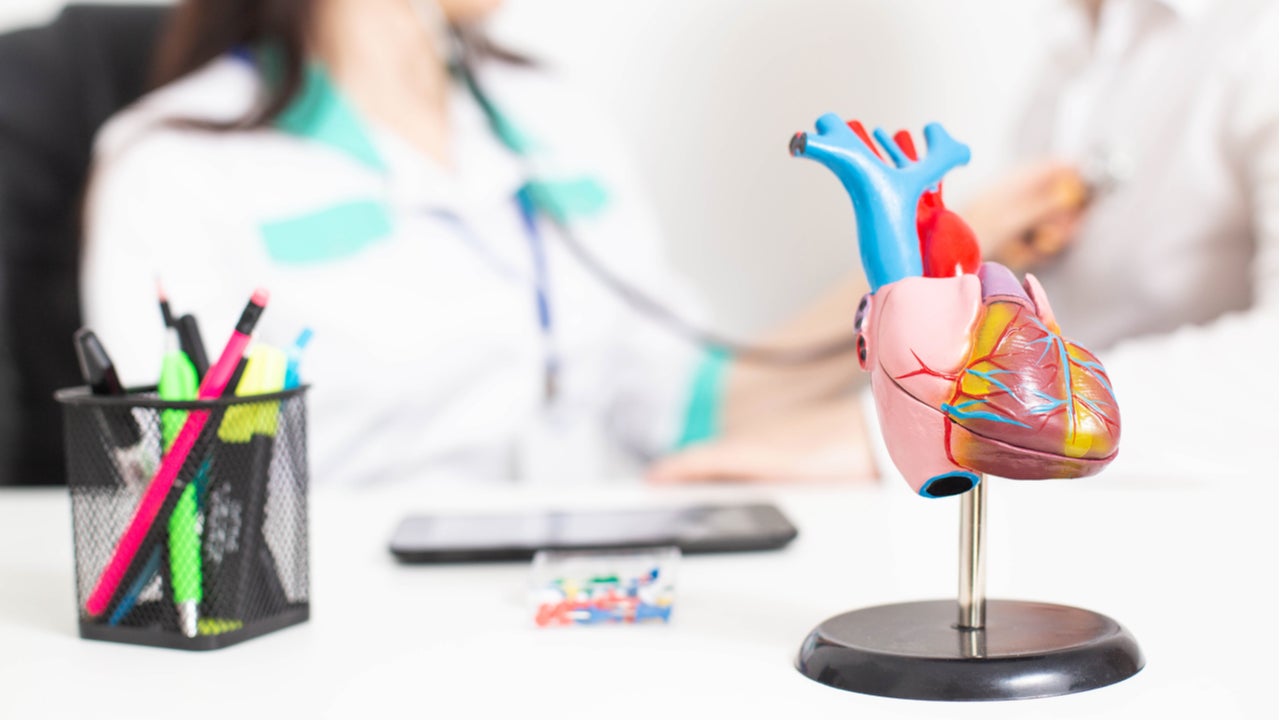
HD Medical recently announced that its flagship product HD Steth had officially been used to screen over 50,000 children for congenital heart defects. The smart stethoscope, which incorporates an electrocardiogram (ECG), has been used in multiple locations across India. Through this screening program, HD Medical has confirmed more than 90 cases of congenital heart disease and gone on to perform 35 life-saving surgeries. The goal for the programme continues to grow, with a target of screening 500,000 children.
Medical Device Network speaks to HD Medical founder & CEO Arvind Thiagarajan about how the technology works and what the company has planned next.
Chloe Kent: How does HD Steth work?
Arvind Thiagarajan: HD Steth is the world’s first digital stethoscope with integrated ECG leads. There is no need to connect to any wires, you just place it on the chest and you can hear the heart sounds in real time. Then, it can pair with a phone or smart tablet, and on there you can actually see the ECG waveforms in green, heart sounds in blue and we also extract out with our AI algorithms any abnormal patterns in orange. Just by seeing that, even a non-specialist healthcare worker can find out if a patient needs to be referred for follow-up care. It makes it very, very easy.
Unlike other electronic stethoscopes that amplify all sound as well as ambient noise, HD Steth does a lot of intelligent noise cancellation and smart amplification. Less than 20% of the global stethoscope market is made up of these electronic stethoscopes, and the main reason for that is these noise issues – most physicians don’t like it.
How well do you really know your competitors?
Access the most comprehensive Company Profiles on the market, powered by GlobalData. Save hours of research. Gain competitive edge.

Thank you!
Your download email will arrive shortly
Not ready to buy yet? Download a free sample
We are confident about the unique quality of our Company Profiles. However, we want you to make the most beneficial decision for your business, so we offer a free sample that you can download by submitting the below form
By GlobalDataCK: Why is this an improvement on standard stethoscopes?
AT: For the last 200 years predominantly rubber tube stethoscopes [have been used]. These have gotten better and better, but the market leader’s claims to fame are that the rubber tubes last for more than ten years. That’s really been the state-of-the-art for the industry. There have been electronic stethoscopes that have come about, but these are just glorified amplifiers.
We have actually packaged four very advanced microprocessors into the device, thanks to the help of one of our major investors and technology partners, Maxim. We have gone and screened tens of thousands of children, and saved the lives of several.
CK: Why did you choose to push out this particular product in India?
AT: Globally, about 1% of children are born with congenital heart defects. Almost 300,000 of them are born in India, and out of these 300,000 children 25% don’t even survive until their first birthday. Per day, 250 to 300 children are actually dying.
I wanted to become a doctor for various reasons, but ended up reluctantly in an engineering college. My mentor, none other than the former President of India Dr Abdul Kalam – who was himself a very eminent scientist – told me these golden words: ‘If you’re a doctor, you can help thousands of patients, but if you’re a doctor’s doctor solving their problems with technology, through them you can reach millions of patients.’
These 250-300 children dying, it was almost like a national emergency. So we thought, let’s probe the use case in India, and if it can work in India in remote locations and villages it can work anywhere in the world.
We were invited to do the study in a place called Raipur, which is in central India, which has got the highest incidence of congenital heart defects in the world, almost one in ten children. We screened about 2,000 children and showed a sensitivity of 91% and a specificity of 99%, using ultrasound as a comparative gold standard. The Sri Sathya Sai Sanjeevani Hospitals adopted this, and they have now screened over 50,000 children across India.
CK: Where else is HD Steth available?
AT: It was FDA-cleared last year in July, and we’re actually selling it here in the US as we speak; we’re signing up with some major partners. It is also being registered in multiple countries that use FDA as a predicate, and we are waiting for our CE mark in Q2. Afterwards, we want to launch in the UK and Europe.
CK: What’s HD Medical’s plan for the coming year?
AT: We actually just announced our new product – it’s called HealthyU, the world’s first intelligent remote patient monitoring device. We’ve integrated ten parameters into a small device: we’ve integrated our current stethoscope, seven-lead ECG, heart rate, pulse oximeter, temperature, respiration rate and lung sounds.
We believe this is a game-changer and we’re expecting FDA clearance in Q2. We are planning to take it to market, probably in Asia and other places in Q2, in the US in Q3 and then again in Europe and the UK by Q4.



